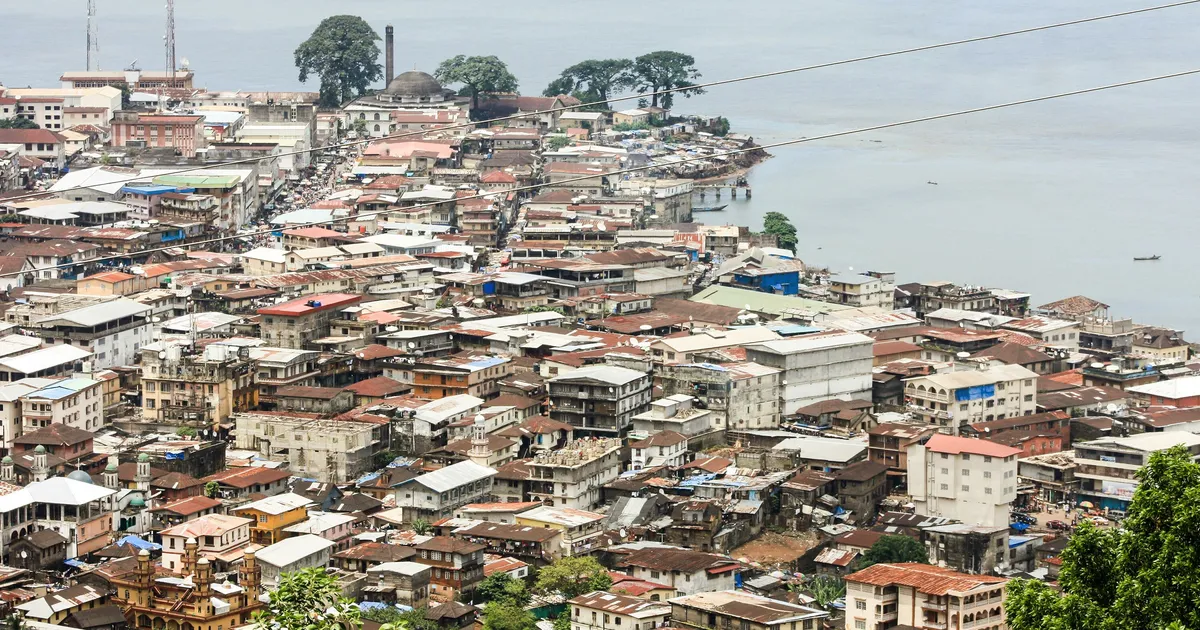Sierra Leone, located on the west coast of Africa, is a country renowned for its stunning landscapes, vibrant culture, and historical significance. With its diverse ecosystems ranging from lush rainforests to pristine beaches, Sierra Leone offers a unique blend of natural beauty and cultural richness, making it a remarkable destination for travelers seeking adventure and exploration.
Table of Contents
Geography
Sierra Leone covers an area of approximately 71,740 square kilometers, bordered by the Atlantic Ocean to the southwest, Guinea to the north and east, and Liberia to the southeast. The country boasts a diverse topography that includes coastal plains, rolling hills, and mountainous regions. The Freetown Peninsula, where the capital city, Freetown, is located, features picturesque beaches and lush vegetation. The coastal region is characterized by its sandy beaches, mangroves, and coral reefs, while the inland areas are known for their rich agricultural lands and forests.
The country’s climate is tropical, characterized by a wet season from May to November and a dry season from December to April. This climate supports rich biodiversity, with national parks like Gola Rainforest National Park and Outamba-Kilimi National Park showcasing unique flora and fauna, including endangered species such as the pygmy hippo. The Gola Rainforest is particularly notable for its diverse wildlife, including various primates, birds, and plants.
The rivers in Sierra Leone, such as the Rokel River and the Moa River, provide essential water resources and play a crucial role in the country’s agriculture and fishing industries. The natural beauty of Sierra Leone is complemented by its rich biodiversity, making it a destination for eco-tourists and nature lovers alike.
States of Sierra Leone
Sierra Leone is divided into 5 administrative regions. Here’s a table of Sierra Leone’s 5 administrative regions along with their capitals:
| No. | Region | Capital |
|---|---|---|
| 1 | Eastern Province | Kenema |
| 2 | Northern Province | Makeni |
| 3 | North West Province | Port Loko |
| 4 | Southern Province | Bo |
| 5 | Western Area | Freetown |
History
Sierra Leone’s history is marked by its significance in the transatlantic slave trade. In the late 18th century, the British established Freetown as a settlement for freed slaves and recaptured Africans. This settlement became a focal point for abolitionist efforts and a symbol of hope for those seeking freedom from slavery. The establishment of Freetown in 1787 marked the beginning of a new chapter in the country’s history, as it attracted thousands of freed slaves from the Americas and the Caribbean.
Throughout the 19th and early 20th centuries, Sierra Leone underwent significant political and social changes. The country was officially declared a British crown colony in 1896, and it gained independence on April 27, 1961. However, the post-independence period was marred by political instability and civil conflict, culminating in a brutal civil war from 1991 to 2002 that resulted in widespread destruction and suffering. The civil war was fueled by various factors, including political corruption, economic hardship, and social inequality, leading to a humanitarian crisis that affected millions of people.
In recent years, Sierra Leone has made strides toward recovery and rebuilding, focusing on economic development, social cohesion, and fostering a sense of national unity. The country has worked to address the challenges of post-war reconstruction and development, emphasizing education, health care, and infrastructure improvement. Despite the scars of its tumultuous past, Sierra Leone is on a path toward healing and growth, with a resilient population committed to building a brighter future.
Top Ten Must-Visit Destinations
1. Freetown

Freetown, the capital city, is a vibrant hub of culture and history. Founded in the late 18th century as a settlement for freed slaves, it offers a rich tapestry of colonial architecture, bustling markets, and beautiful beaches. Visitors can explore the National Museum, which showcases the country’s heritage, or relax on Lumley Beach, known for its lively atmosphere and stunning sunsets. The city is also a gateway to the picturesque Freetown Peninsula, where travelers can discover hidden beaches and lush rainforests.
2. Bunce Island
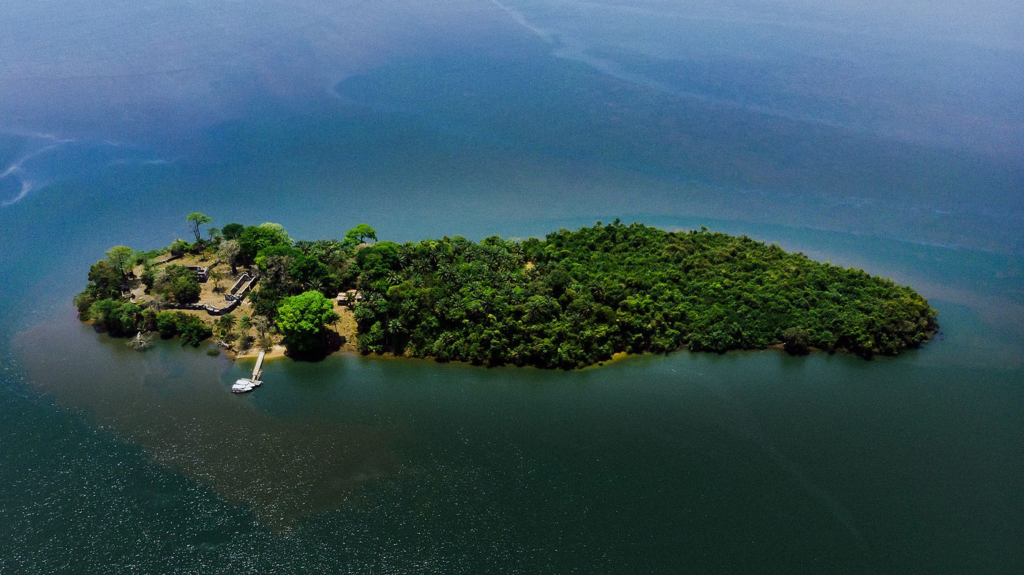
Bunce Island is a historical site that played a significant role in the transatlantic slave trade. Located about 20 miles from Freetown, this small island served as a major slave trading post during the 18th century. Visitors can explore the remnants of the old fortifications and learn about the island’s dark past through guided tours. The site offers a poignant reminder of Sierra Leone’s history and the resilience of its people.
3. Tiwai Island

Tiwai Island is a pristine rainforest reserve situated on the Moa River. Known for its incredible biodiversity, the island is home to various primate species, including the rare Diana monkey. Visitors can embark on guided tours through the rainforest, enjoying birdwatching, hiking, and the opportunity to witness the island’s rich wildlife. Tiwai Island is a perfect destination for eco-tourists and nature enthusiasts.
4. Gola Rainforest National Park

Gola Rainforest National Park is one of Sierra Leone’s most important protected areas, boasting rich biodiversity and stunning landscapes. The park is home to various endangered species, including the western chimpanzee and the pygmy hippo. Visitors can explore the park’s trails, participate in guided wildlife tours, and immerse themselves in the beauty of one of West Africa’s last remaining rainforests.
5. Outamba-Kilimi National Park
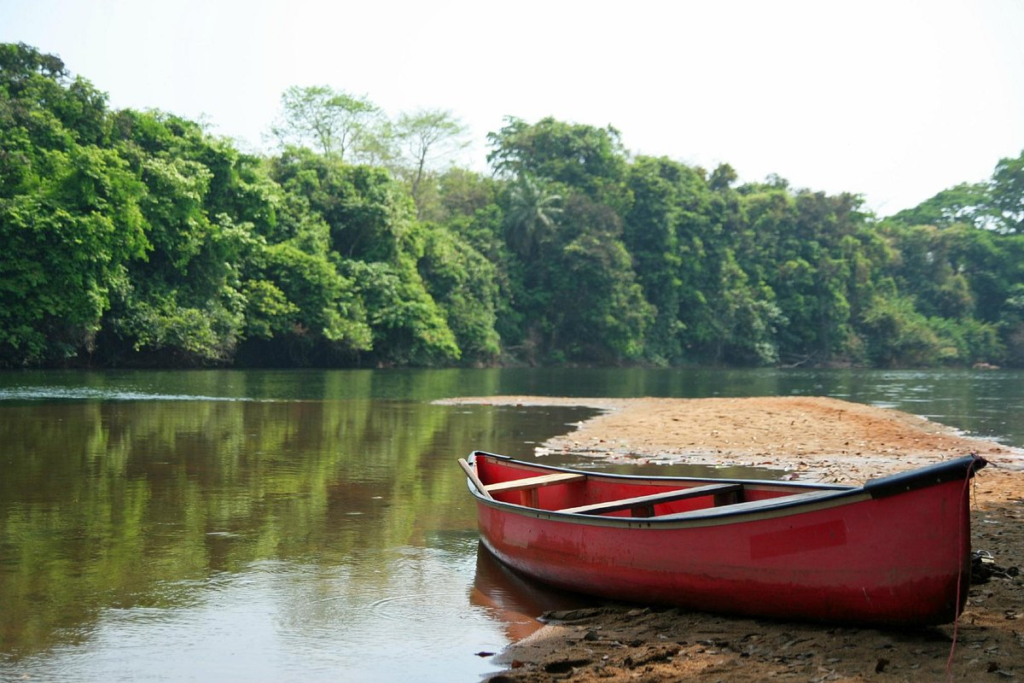
Outamba-Kilimi National Park is a hidden gem in Sierra Leone, offering visitors a chance to explore its diverse ecosystems and abundant wildlife. The park features savannahs, forests, and riverine habitats, making it an ideal location for birdwatching and wildlife spotting. Guided tours allow travelers to experience the park’s natural beauty and learn about its conservation efforts.
6. Sierra Leone National Museum

The Sierra Leone National Museum, located in Freetown, is a treasure trove of the country’s cultural heritage. The museum houses a diverse collection of artifacts, including traditional masks, musical instruments, and historical items that reflect the rich history and culture of Sierra Leone. A visit to the museum provides insight into the country’s past and its diverse ethnic groups.
7. Bonthe Island
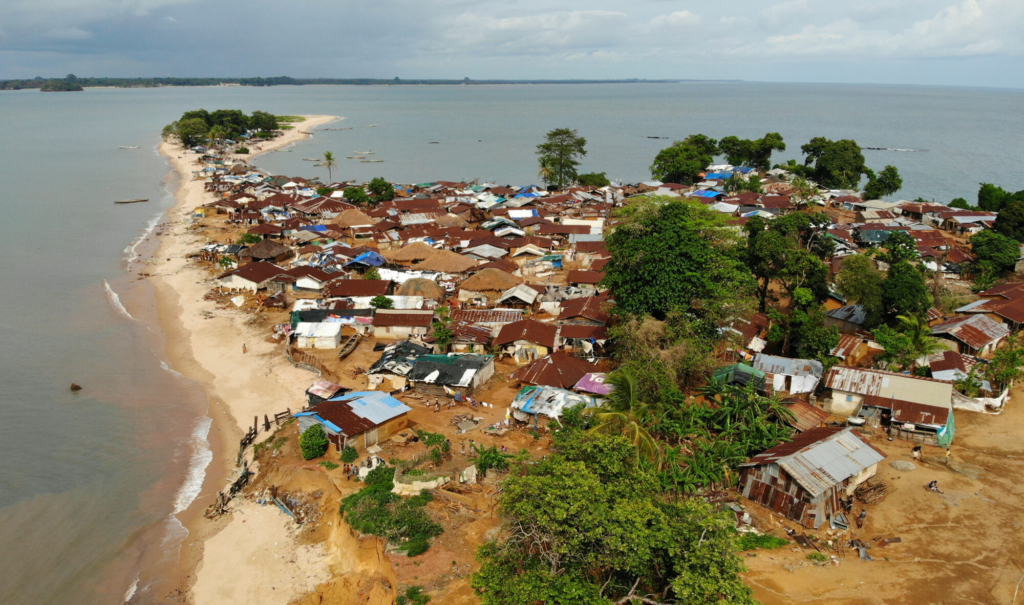
Bonthe Island, situated off the southern coast of Sierra Leone, is known for its charming colonial architecture and stunning beaches. Visitors can explore the island’s historic town, relax on the beaches, and enjoy water activities such as swimming and fishing. Bonthe Island offers a serene escape from the hustle and bustle of the mainland, making it a perfect getaway for relaxation.
8. Banana Islands
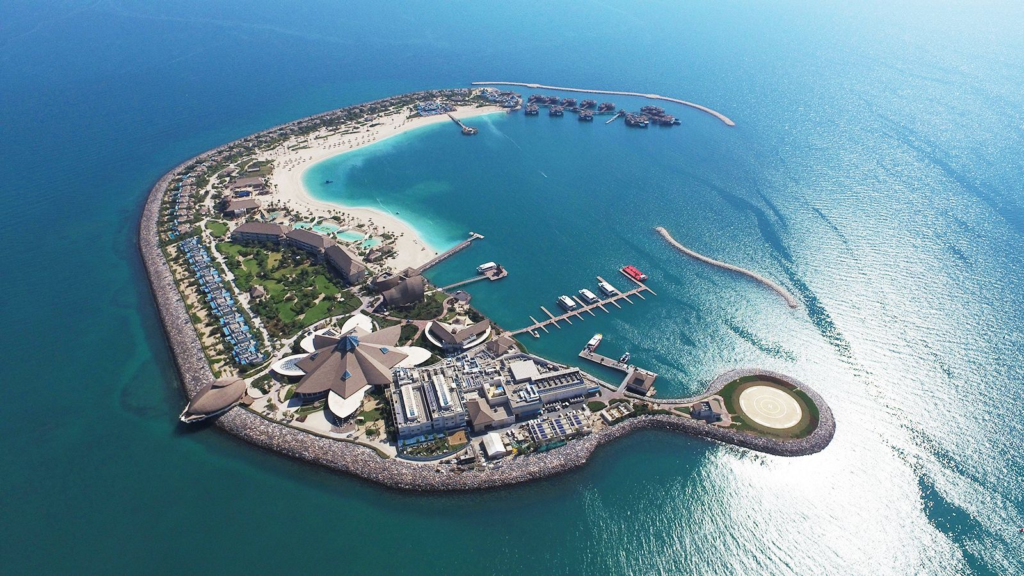
The Banana Islands, located south of Freetown, are a group of three small islands known for their beautiful beaches and lush vegetation. Visitors can enjoy swimming, snorkeling, and sunbathing on the pristine shores. The islands are also home to charming fishing villages, where travelers can experience the local way of life and indulge in fresh seafood.
9. Makeni

Makeni, the capital of the Bombali District, is a vibrant city with a rich cultural heritage. Known for its lively markets and friendly locals, Makeni offers visitors a glimpse into daily life in Sierra Leone. The city is also a gateway to nearby attractions, including the historic Koinadugu District, where travelers can explore the scenic countryside and experience traditional village life.
10. Kono District
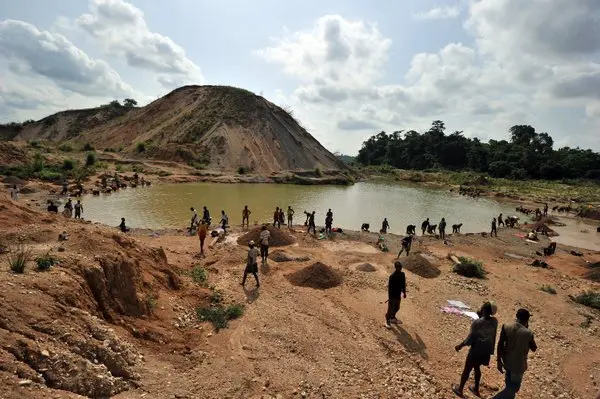
Kono District is famous for its diamond mines and lush landscapes. Visitors can learn about the diamond mining process and the impact of the industry on the local economy and communities. The district is also known for its vibrant culture, including traditional music and dance. Travelers can explore local markets, sample traditional cuisine, and engage with the welcoming communities.
Culture
Sierra Leone’s culture is a rich tapestry woven from the traditions of its various ethnic groups, including the Temne, Mende, Limba, and Creole people. Each group contributes its unique customs, languages, and traditions, resulting in a diverse cultural landscape. The official language is English, but many locals also speak Krio, a Creole language that serves as a lingua franca among the different ethnic groups.
Music and dance play a vital role in Sierra Leonean culture, with traditional drumming and storytelling being integral to community celebrations and ceremonies. The country is famous for its vibrant music genres, such as gumbe and palm wine music, which often feature infectious rhythms and lively performances. Dance is a significant aspect of social gatherings, and traditional dances are performed during festivals, weddings, and other important events.
Sierra Leone is also known for its rich culinary heritage, influenced by both local ingredients and colonial history. The cuisine features staples like rice, cassava, and plantains, often served with flavorful sauces and stews. Traditional dishes include jollof rice, groundnut stew, and cassava leaf soup, showcasing the country’s diverse flavors and cooking techniques. Food plays a central role in social gatherings, with communal meals fostering a sense of community and togetherness.
Festivals
Sierra Leone is home to a variety of colorful festivals that celebrate its rich cultural heritage and traditions. One of the most significant festivals is the Freetown Music Festival, which showcases local and international musicians, promoting the vibrant music scene in the country. The festival attracts visitors from all over, providing a platform for artists to showcase their talent and celebrate Sierra Leone’s musical diversity.
Another important celebration is the Temne Harvest Festival, which marks the end of the harvest season. This festival is characterized by traditional dances, songs, and feasting, bringing communities together to give thanks for a successful harvest. It is a time for reflection and celebration, with locals dressed in colorful attire, showcasing their cultural heritage.
The Sierra Leonean Independence Day, celebrated on April 27, is also a significant event, marked by parades, cultural performances, and fireworks. This day commemorates the country’s independence from British colonial rule and serves as a reminder of the resilience and determination of the Sierra Leonean people.
Economy
Sierra Leone’s economy is primarily based on agriculture, with a significant portion of the population engaged in subsistence farming. The country produces crops such as rice, cassava, cocoa, and palm oil, which are essential for local consumption and export.
The agricultural sector plays a vital role in providing employment opportunities and supporting rural communities. In addition to agriculture, Sierra Leone is rich in natural resources, including diamonds, gold, and iron ore. The diamond mining industry has historically been a significant contributor to the economy, although it has faced challenges related to governance and ethical concerns. The government has implemented measures to promote responsible mining practices and ensure that the benefits of resource extraction reach local communities.
Tourism is also an emerging sector in Sierra Leone, with the government working to promote the country’s natural beauty, cultural heritage, and historical significance. Efforts to improve infrastructure, enhance tourist facilities, and promote sustainable tourism practices are ongoing, aiming to attract both local and international visitors.
Cuisine
Sierra Leonean cuisine is a reflection of the country’s diverse cultural influences and agricultural abundance. The staple food is rice, which is often served with a variety of sauces and stews. One of the most popular dishes is jollof rice, a flavorful one-pot dish made with tomatoes, onions, and spices, often served with grilled chicken or fish.
Groundnut stew is another beloved dish, made with groundnuts (peanuts) and served with rice or cassava. Cassava leaf soup, made from cassava leaves and typically cooked with meat or fish, is a traditional favorite. The cuisine is characterized by its use of local ingredients, spices, and herbs, creating vibrant and flavorful dishes.
Street food is also an integral part of Sierra Leonean culture, with vendors offering a variety of snacks and meals. Popular street food items include fried plantains, pepper soup, and meat skewers. These culinary delights provide a glimpse into the daily life of the Sierra Leonean people and are enjoyed by locals and visitors alike.
Top Eight Most Famous Food of Sierra Leone
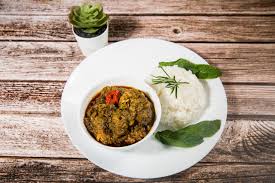
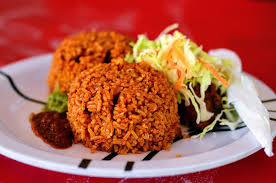
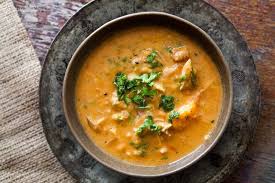
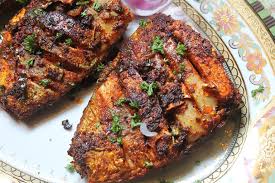

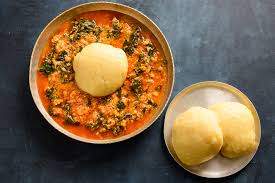
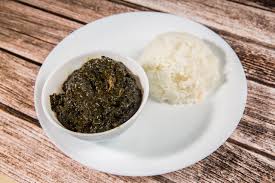

Interesting Facts
- Sierra Leone is known for its beautiful beaches, including Lumley Beach and Tokeh Beach, which attract both locals and tourists.
- The country is home to the only rainforest in West Africa, the Gola Rainforest, which is a UNESCO Biosphere Reserve.
- Sierra Leone has a rich musical heritage, with genres like gumbe and palm wine music being popular across the country.
- The capital city, Freetown, is named after the English word “free,” symbolizing its origins as a settlement for freed slaves.
- Sierra Leone is famous for its diamonds, and the country has a history of both legitimate mining and conflict over diamond resources.
- The country is home to over 16 ethnic groups, each with its own unique culture and traditions.
- Sierra Leone gained independence from British colonial rule on April 27, 1961, and this day is celebrated as a national holiday.
- The official language is English, but Krio, a Creole language, is widely spoken and serves as a common language among different ethnic groups.
- The Sierra Leone National Football Team, known as the Leone Stars, has a passionate following and competes in international tournaments.
- Sierra Leone is known for its warm hospitality, with locals often welcoming visitors with open arms and sharing their rich cultural traditions.
Conclusion
Sierra Leone is a country of remarkable beauty, resilience, and cultural richness. Despite its turbulent history, the nation is on a path toward recovery and growth, with a focus on sustainable development and preserving its unique heritage. From the stunning landscapes of its national parks to the vibrant streets of Freetown, Sierra Leone offers an unforgettable experience for travelers seeking to explore a hidden gem in West Africa. As the country continues to embrace its past while looking toward the future, it invites visitors to discover its natural wonders, rich culture, and the warmth of its people.

